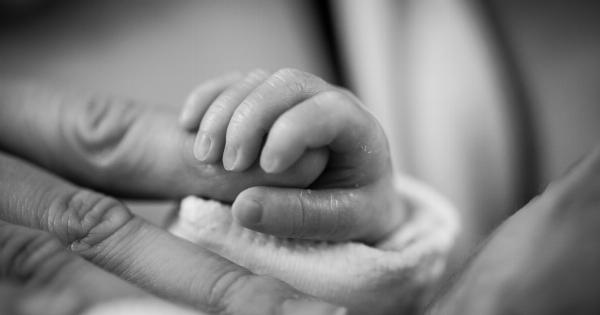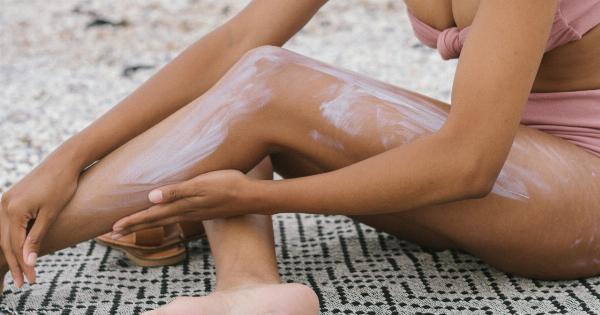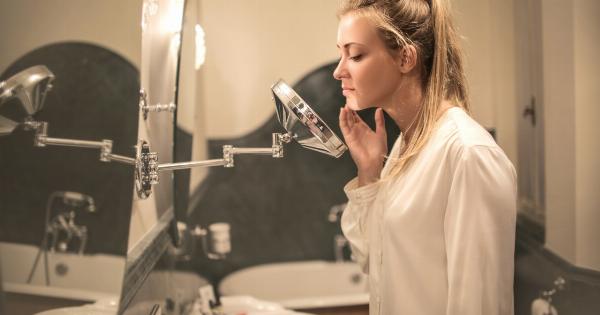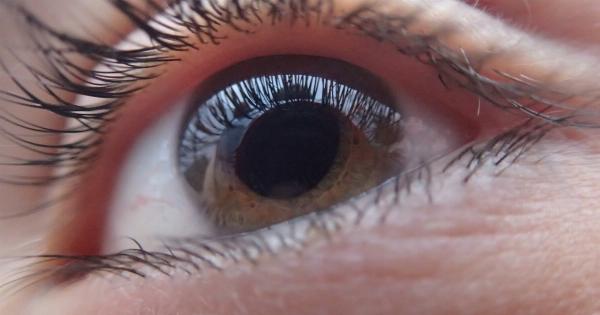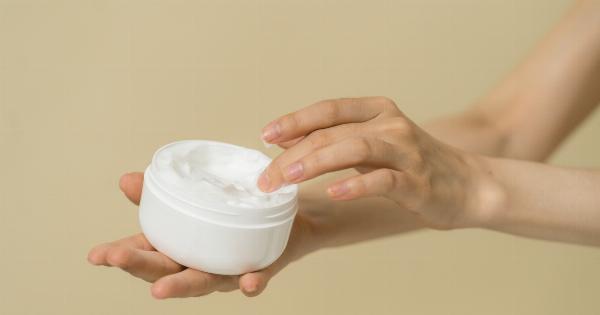As a parent, keeping your newborn safe and protected is your top priority. One important aspect of their well-being is ensuring they are shielded from harmful sun rays.
But how can you protect your little one’s delicate skin? This article will provide you with all the necessary information about sunscreen and newborns, including when and how to use it properly.
The Importance of Sunscreen for Newborns
The sun’s powerful ultraviolet (UV) rays can cause significant damage to anyone’s skin, including newborns. Their skin is more delicate and sensitive than adults, making them even more vulnerable to the harmful effects of the sun.
Sunburns, sun damage, and the risk of developing skin cancer later in life can all be associated with excessive sun exposure during infancy.
Babies under six months old have particularly thin and susceptible skin. Their bodies have not yet fully developed the ability to produce melanin, the pigment responsible for protecting the skin against the sun’s harmful rays.
This makes it crucial for parents to take extra precautions to protect their little one.
Applying Sunscreen on Newborns: Safety First
While sunscreen can be an effective tool in protecting your baby’s skin, there are certain guidelines you should follow to ensure their safety:.
1. Age Recommendation for Sunscreen Use
The American Academy of Pediatrics (AAP) advises against using sunscreen on infants younger than six months of age, whenever possible. This is because their skin is highly absorbent and more susceptible to the chemicals found in most sunscreen products.
Instead, it’s crucial to focus on alternative sun protection methods, which we will discuss later in this article.
2. Choosing the Right Sunscreen
When selecting a sunscreen for your newborn, opt for a broad-spectrum sunscreen that protects against both UVA and UVB rays.
Look for products specifically formulated for babies or those labeled “baby-friendly” or “child-specific.” These sunscreens are gentler on the skin and less likely to cause irritation or allergic reactions.
Additionally, choose a sunscreen with a sun protection factor (SPF) of 30 or higher. This ensures adequate protection against harmful rays.
Keep in mind that a higher SPF does not mean your baby can spend more time in the sun without consequences; it primarily indicates the level of UVB protection provided.
3. Conduct a Patch Test
Before applying any sunscreen on your baby, it is wise to perform a patch test. Apply a small amount of the product on a small area of their skin, such as the forearm or thigh, and wait for 24-48 hours.
This will help you identify any potential allergic reactions or adverse effects.
4. Avoid Harmful Ingredients
Some sunscreen ingredients may be potentially harmful or irritating to newborns’ delicate skin. Avoid sunscreens containing oxybenzone, avobenzone, retinyl palmitate, or any fragrances or dyes.
Stick to mineral-based sunscreens that contain zinc oxide or titanium dioxide as their active ingredients. These are generally better tolerated by sensitive baby skin.
5. Proper Application Techniques
When applying sunscreen on your baby, follow these tips to ensure effective coverage:.
– Apply sunscreen generously to all exposed areas of your baby’s skin, including the face, ears, hands, and feet.
– Pay extra attention to sensitive areas, such as the neck, underarms, and the back of the knees.
– Be gentle when spreading the sunscreen, making sure to cover all areas without rubbing too hard.
– Avoid getting sunscreen into your baby’s eyes, mouth, or nose. If accidental contact occurs, rinse the affected area with water immediately.
– If your baby has any skin conditions or sensitivities, consult their pediatrician before applying sunscreen.
Alternative Sun Protection Methods
While sunscreen can provide excellent protection when used correctly, it is not the only method to shield your newborn from the sun. Here are some additional ways to keep them safe:.
1. Seek Shade
When the sun’s rays are strongest, typically between 10 am and 4 pm, try to stay in shaded areas. This can include using an umbrella, a sunshade, or seeking natural shade from a tree or building.
2. Dress for Sun Safety
Protect your baby’s skin by dressing them in lightweight, long-sleeved clothing and long pants. Choose fabrics with a tight weave that provide better sun protection. Additionally, wide-brimmed hats can offer shade to their face, neck, and ears.
3. Utilize Sun Protective Gear
In addition to clothing, consider using sun-protective accessories such as sunglasses made specifically for babies. Look for sunglasses that offer 100% UV protection to shield their sensitive eyes from harmful rays.
4. Keep Them Hydrated
Ensure your baby stays well-hydrated, especially when spending time outdoors on sunny days. Whether breastfeeding or bottle-feeding, offer them fluids regularly to prevent dehydration.
5. Monitor Sun Exposure
Be mindful of the amount of time your baby spends in the sun, even when taking precautions. Start with short periods of outdoor activities, gradually increasing their sun exposure over time.
Regularly check their skin for any signs of redness or discomfort.
By combining these sun-protective measures with the appropriate use of sunscreen, you can help safeguard your newborn from sunburns, skin damage, and long-term consequences.
Conclusion
Protecting your newborn from the sun’s harmful rays is crucial for their overall well-being.
While sunscreen should be used cautiously with infants under six months old, alternative sun protection methods can effectively safeguard their delicate skin. Seek shade, dress them in appropriate clothing, and utilize sun-protective gear to keep them safe during outdoor activities. As your baby grows older, consult their pediatrician about using sunscreen and start incorporating it into their sun defenses.
With proper sun care, you can ensure your baby enjoys outdoor experiences while minimizing the risk of sun damage and promoting healthy skin development.


